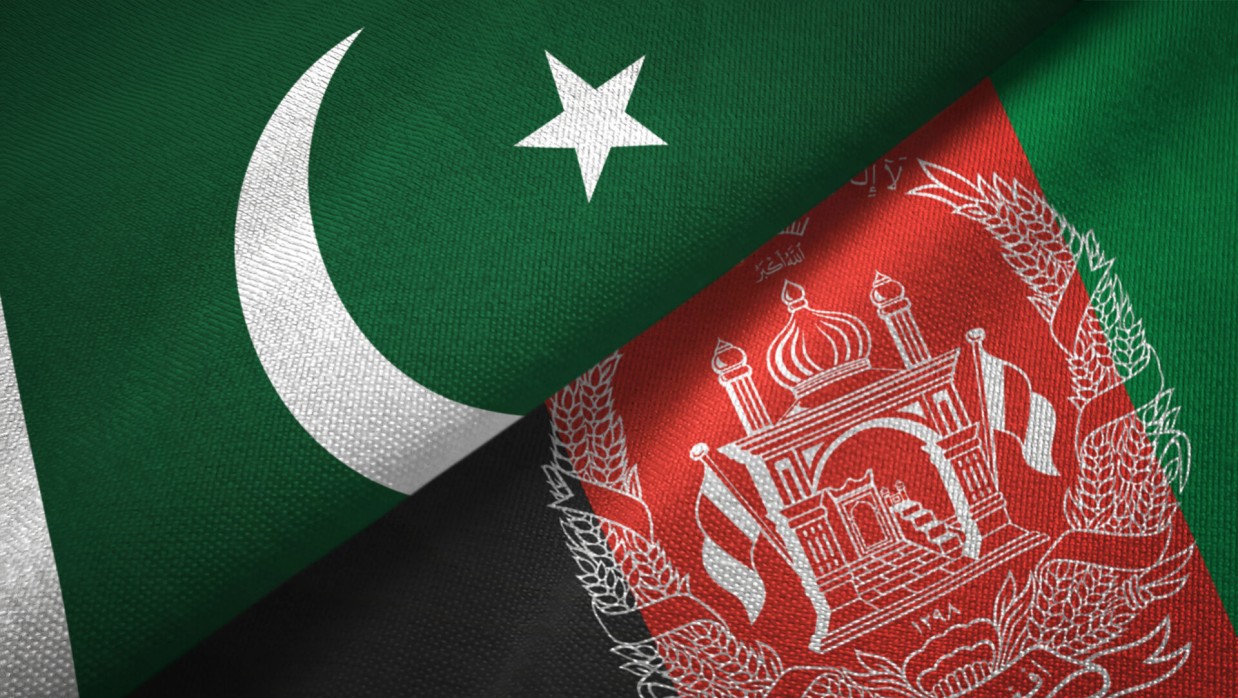In a low-key but significant development, Pakistan and the Taliban regime of Afghanistan have signed a Preferential Trade Agreement (PTA), a key new alignment of the regional economic master plan. The two countries’ trade missions signed the agreement, which will lower customs duties on a limited number of products. While narrow in focus, the agreement is of considerable significance and represents a sign of a more bilateral and coordinated economic relationship between two neighboring neighbors long united by geography, politics, and history.
The new deal has its main emphasis on agriculture products, textiles, building materials, and other raw materials. The industries were chosen mainly because of their gigantesque trade potential and their points of contact within the two economies. To Pakistan, the PTA provides access to Afghanistan’s untapped consumer markets and development of robust markets for its excess agricultural and industrial output. To the Taliban regime, economic strangulation and humanitarian concerns to deal with, the accord presents a window of opportunity for economic normality and trading renaissance.
Pakistan and Afghanistan have enjoyed an unsteady trade relationship with political instability, border conflict, and changing allegiances. But geography is the sole continuity: the two countries have a 2,600-kilometer border and both heavily rely on cross-border trade to fuel their economies. Two-way trade between the two countries was at barely $2 billion annually prior to the return of the Taliban to power in 2021. Trade volumes following 2021 declined steeply mainly because of sanctions, a frozen Afghan banking system, and precarious diplomatic positions. And now this agreement is a risk but calculated effort towards rekindling commerce flows and conferring predictability.
To Pakistan, economic interaction with the Taliban—short of official diplomatic relations—would constitute a sensible policy. As much as the Taliban regime is universally reviled globally, economic cooperation is a way through which Pakistan can secure stability on its western frontier, expel surreptitious trade, and promote cooperation on counter-terrorism and border management. Economic interpenetration is therefore development instrument and diplomacy instrument.
The PTA would be an oasis for the Taliban, though, from growing domestic tensions. As sanctions, joblessness, and a ban on foreign aid dismantle the Afghan economy, the regime in Kabul has been more and more frantically looking for regional partners who would be able to turn a blind eye beyond the confines of global handcuffs. By being tied to a codified system of trade with Pakistan, the Taliban can show a face of legitimacy and governance effectiveness—demonstrating that they have been able to embrace foreign obligations and exchange economic assistance.
But the journey will not be totally smooth. There has to be implementation. Gateway points such as Torkham and Chaman will require improved infrastructure to handle increased levels of trade as well as facilitate custom clearance. But there is still a grave handicap by virtue of the absence of a working banking mechanism in Afghanistan, especially in business in terms of official currency exchange, paperwork, and transparency.
And then, naturally, there is the geopolitics tightrope walking. Pakistan, in making economic overtures to the Taliban, must balance diplomatic obligations, that is to Western allies, which are still unwilling to normalize the Taliban regime. Either course in that direction will only invite an attack, however, if economic engagement is the objective. Islamabad’s strategy thus seems to be tightrope walking: de facto relations short of legal recognition, out of compulsion and not preference.
But the trade deal is a sea change in regional alignment. As global supply chains are being tightened and intra-regional cooperation is increasing, both the Taliban and Pakistan will be the gainers of proximity and complementary necessity. For Pakistan, the PTA forms part of a number of regional interconnectivity projects including the revival of the Afghanistan-Pakistan Transit Trade Agreement (APTTA) and possible connectivity with Central Asian republics through projects such as CASA-1000 and the Uzbekistan-Afghanistan-Pakistan rail link.
This pact, as process-oriented as any, is symbolic. It is a statement—albeit a guarded one—that economic cooperation is enhanced in a part of the world where political instability generally takes precedence over pragmatism. It is an indication that governments, even in the times of uncommon governments, can discover common ground when it comes to matters of commerce and survival.
Whether any economic dividends are generated in reality will be a function of incalculable variables: political goodwill, administrative competence, transboundary security, and global responses. But meanwhile, the Pakistan-Taliban trade deal is an oasis of positive news—a reminder that even during periods of uncertainty, trade is one of the oldest and strongest diplomatic traditions.



News magazine bootstrap themes!
I like this themes, fast loading and look profesional
Thank you Carlos!
You're welcome!
Please support me with give positive rating!
Yes Sure!